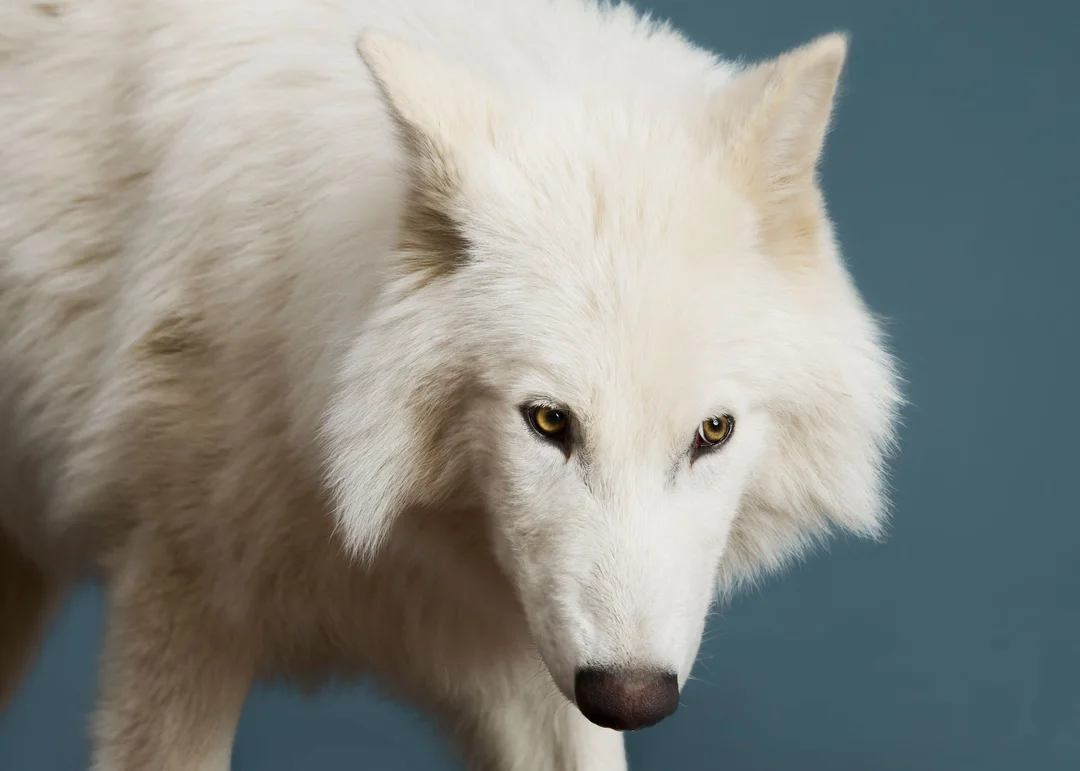
Colossal Announces World’s First De-Extinction Birth of Dire Wolves
Biotechnology company Colossal has made a groundbreaking announcement, claiming the world's first successful de-extinction birth of dire wolves. This historic event marks a significant milestone in genetic science and conservation efforts. The company, known for its ambitious projects to revive extinct species, used advanced gene-editing techniques to bring back the prehistoric predator, which roamed North America until about 10,000 years ago.
The news has sparked a mix of excitement and ethical debate among scientists and the public. While some celebrate the potential to restore lost biodiversity, others raise concerns about the implications of reviving extinct species. Colossal's CEO, Ben Lamm, emphasized the project's goal to not only bring back the dire wolf but also to contribute to the understanding of ancient ecosystems and their relevance to modern conservation.
The dire wolf, larger and more robust than its modern gray wolf cousin, was chosen for this project due to its significant role in ancient ecosystems. The successful birth of a dire wolf pup, named 'Alpha,' is seen as a proof of concept for Colossal's broader de-extinction initiatives, which include plans to revive the woolly mammoth and the dodo.
Related issues news
Is the dire wolf extinct?
Dire wolves are large extinct canines (Aenocyon dirus) that lived in the Americas until around 10,000 years ago. The animals looked like large wolves with white coats. They were made famous by the Game of Thrones TV series – hence the name Khaleesi, after a main character in the show.
How was the dire wolf brought back?
Working on a type of blood cell called an epithelial progenitor cell, the team edited the DNA so that it more closely matched the genome of the dire wolf. They then took the genetic material from this cell and placed it into the egg cell of a domesticated dog that had had its genetic material removed.
Did they clone Dire Wolves?
This dire wolf pup is among the first of its species born in around 10,000 years. The full story of the dire wolves' return airs on Tuesday, April 8, at 7 p.m. on ABC News Live Prime. Colossal also said it had cloned four red wolves, a critically endangered animal with under two dozen thought to be left in the wild.
How did dire wolves go extinct?
Dire wolves went extinct about 13,000 years ago. Scientists believe incoming dog-like species and wolves may have out-competed dire wolves, or spread diseases that hurt them, according to National Geographic. Climate change could have also played a role.